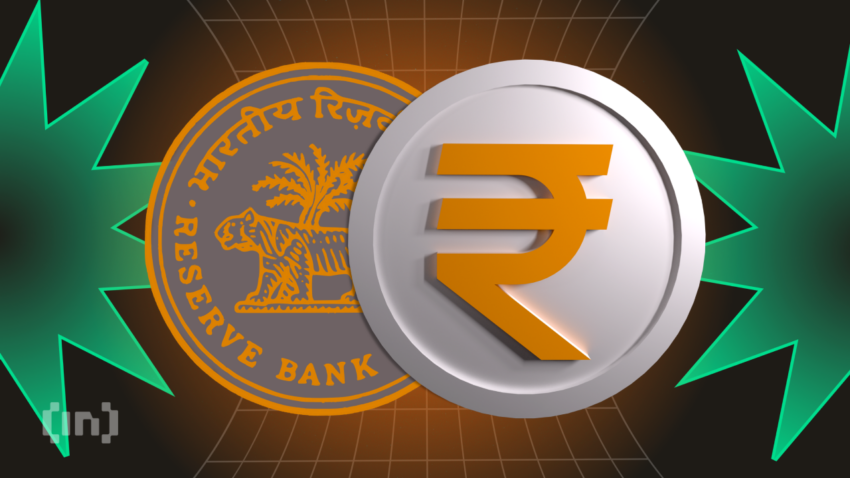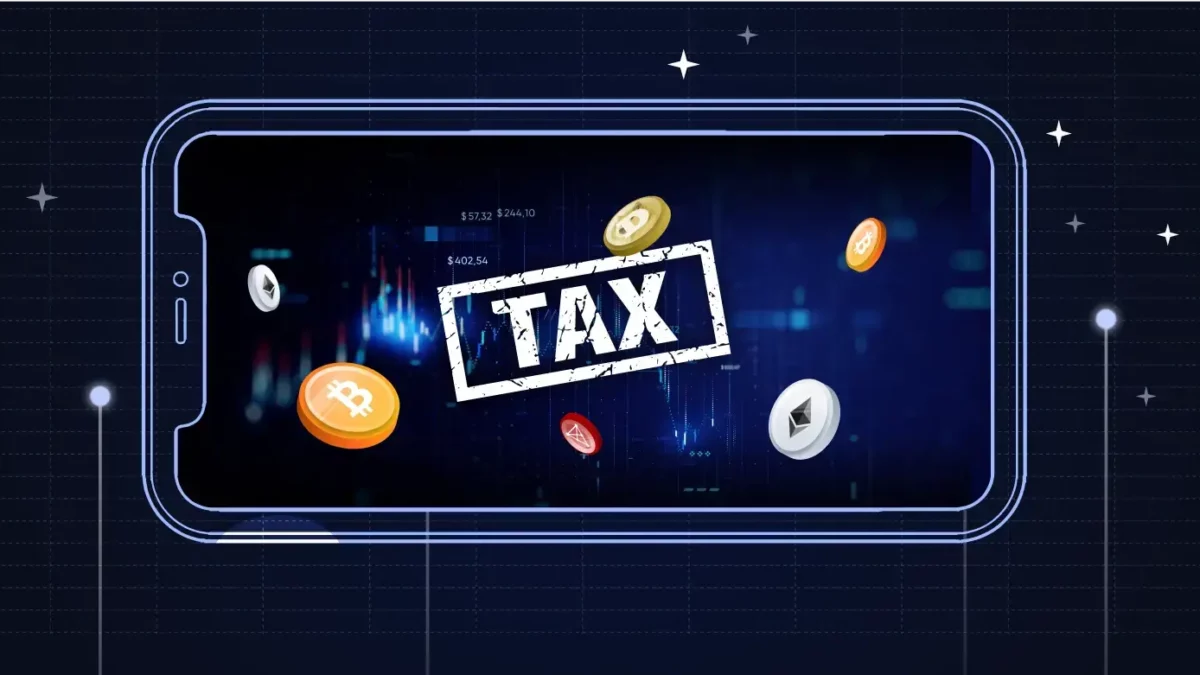Now Reading: The Digital Rupee Is Here: What India’s CBDC Means for You
-
01
The Digital Rupee Is Here: What India’s CBDC Means for You
The Digital Rupee Is Here: What India’s CBDC Means for You

India’s push towards a cashless economy has taken a new turn with the introduction of its own Central Bank Digital Currency (CBDC), commonly called the Digital Rupee. Unlike cryptocurrencies, this one’s backed by the Reserve Bank of India. The Digital Rupee is not just a tech experiment—it’s a major policy move that could change how people in Tier 2 and Tier 3 cities handle money daily.
What Is a CBDC?
CBDC stands for Central Bank Digital Currency. Think of it as a digital form of physical cash, issued and controlled by the RBI. You won’t need a bank to hold it—you can store it in a digital wallet on your phone. It’s like cash, but without the paper.
Unlike private cryptocurrencies, CBDC is legal tender, fully backed by the government. You can use it for payments, transfers, or even small daily transactions.
Why India Introduced the Digital Rupee
The government’s goal is to modernize the payment system, reduce the cost of printing cash, and improve transparency. The Digital Rupee also gives the RBI more control over the flow of money, especially helpful in tackling issues like black money, tax evasion, and illegal transactions.
For users, it promises speed, low-cost transactions, and ease of use—especially where cash management is still a challenge.
How It’s Being Rolled Out
Currently, the Digital Rupee is being tested through pilot programs in select cities, involving both banks and customers. Banks like SBI, ICICI, and HDFC are already part of this initiative. Users receive the Digital Rupee in their wallets and can use it for selected transactions at supported outlets.
So far, the feedback is mixed—many see the potential, but it will take time before mass adoption happens, especially beyond metro areas.
What It Means for Tier 2 and Tier 3 Cities
In towns like Raipur, Nashik, or Kochi, where digital payment usage has surged in recent years, the Digital Rupee can be a game-changer. It can reduce reliance on physical cash, enable quicker government transfers (like subsidies or pensions), and improve financial inclusion.
However, for full adoption, there’s a need for better digital infrastructure, awareness, and trust in the system—especially among senior citizens and small vendors.
CBDC vs UPI and Wallets
A common question is—how is CBDC different from UPI or mobile wallets like Paytm and PhonePe? The key difference is that UPI is a platform for moving money between banks, while CBDC is the money itself. You don’t need a bank in the middle.
Also, CBDC can work offline in some models, which is a huge plus in areas with poor internet connectivity.
Conclusion
The Digital Rupee is still in its early days, but it represents the future of how India might handle money. For users, it offers convenience and transparency. For the government, it’s about efficiency and control. As trials expand and more people use it, the real test will be whether it can match the ease of cash while solving its long-standing problems. Keep an eye on this space—the way we pay might just be about to change.

























